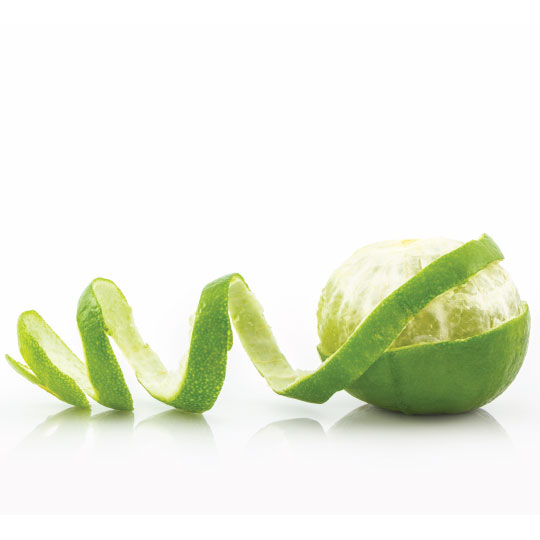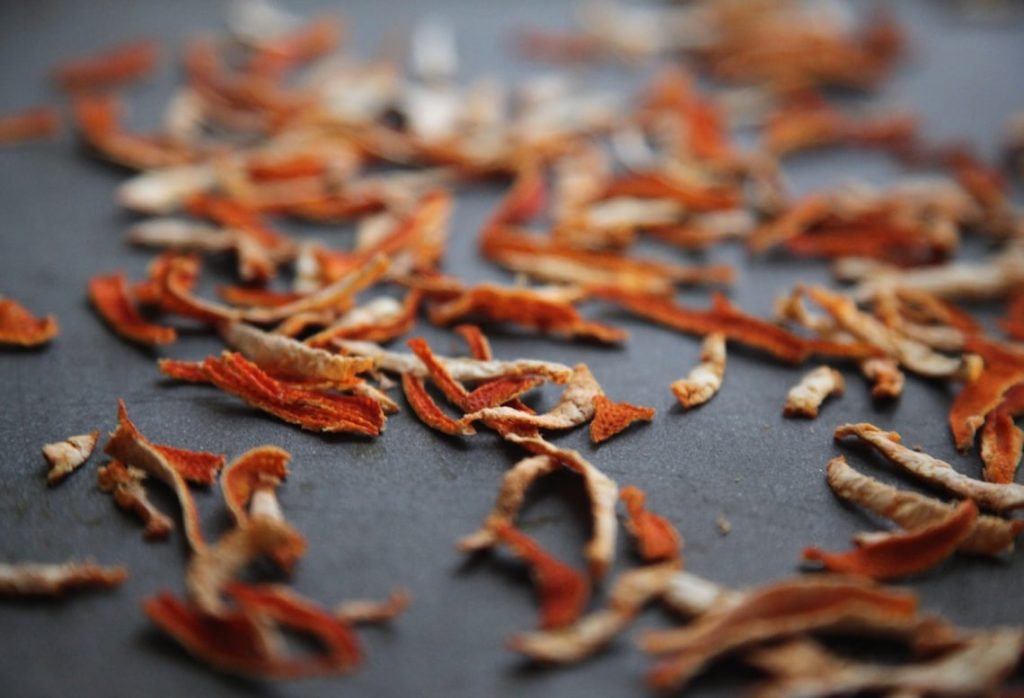


March has passed, which means we’re at the tail end of the harvest season for most citrus fruits.
At BCFoods, we supply sustainable dehydrated citrus peels from oranges, lemons, and limes. We use the whole peel, including the colored rind (the flavedo) and the soft white inner portion (the albedo).
Read on to discover:
- How citrus peel is a sustainable ingredient
- A few surprising health benefits
- Consumer food products dried citrus peel works well in
Sustainability
When organic material rots, it releases methane, a damaging greenhouse gas. Over 100 million tons of citrus are grown every year. There is a high demand for the pulp and juice of lemons, oranges, and limes; however, millions of tons of peel are discarded each year and left to rot in landfills.
Using dried citrus peel in products provides citrus flavor without adding to resources used for growing produce. It also reduces landfill mass and methane release.
All dehydrated lemon, orange, and lime peel sold by BCFoods is upcycled from juicing fruit. We only use peel discarded after the juice has been extracted. BCFoods ’ citrus peel products include the entire peel – not only the outermost zest. This method further eliminates food waste. Including the soft white albedo also adds to potential health benefits.
Health Benefits
Citrus peel is full of food compounds that provide health benefits; some of which are not found in the juice or pulp.
May Protect Oral Health1
Peel from lemons, limes, oranges, and other citrus fruits contain antibacterial properties. As a result, they may inhibit the growth of Streptococcus mutans, a bacteria that causes gum infections and oral diseases.
High in Antioxidants1,2,3
Citrus peel is high in antioxidants, including D-limonene and vitamin C. In fact, the peel contains more vitamin C per ounce than the fruit. Studies show the ingestion of antioxidants improves your immune system, reducing the severity and duration of colds, flus, and other viruses.
In addition, D-limonene and vitamin C are linked to reduced risk of:
- Heart disease
- Type 2 diabetes
- Oxidative stress associated with tissue damage and accelerated aging
- Cancer
May Influence Heart Health1,2
In addition to antioxidants linked to a reduced risk of heart disease, citrus peel is rich in flavonoids, hesperidin, and polymethoxylflavones, which have been shown to lower both high blood pressure and cholesterol. These components also have anti-inflammatory properties that help your heart function.
Cellular Communication2
Citrus peels contain calcium and potassium, which are both needed for the cells in the body to communicate properly. In addition, calcium is important for building and maintaining strong bones.
May Improve Digestion2,3
Lemon, orange, and lime citrus peels are high in fiber, which is essential for proper digestion.
- Fights acidity and heartburn
- Prevents constipation
- Improves digestion
Fiber also helps lower inflammation and improves metabolism.
May Provide Cancer Protection1,2,3
Research shows that D-limonene found in citrus peel helps reduce the risk of cancer. To go further, studies indicate that this antioxidant also prevents the formation and spread of cancerous tumors in the digestive system. This includes the mouth, pharynx, larynx, and stomach.
May Help Manage Blood Sugar3
Lemon peel, in particular, may help to manage blood glucose levels and contains polyphenols that help improve insulin resistance.
Flavor & Uses
Citrus peel holds more concentrated fruit flavor than the juice or pulp and does not add to water content in food. This makes dried peel an excellent choice for adding orange, lemon, or lime flavor to baked goods, dressings, beer, desserts, and snacks.
In addition, peel does not contain citric acid and therefore doesn’t curdle dairy, where juice and pulp do. This makes dehydrated peel perfect for cheesecake, ice cream, and other dairy-based products.
Origin
Citrus fruits are produced all over the world. The top five producers of lemons, limes, and oranges are:
- Brazil
- China
- U.S.
- Mexico
- India

